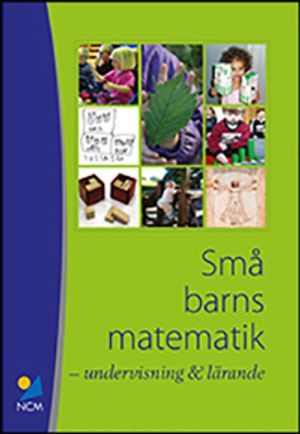

About the House
- Utgiven: 1995
- ISBN: 9780521479530
- Sidor: 316 st
- Förlag: Cambridge University Press
- Format: Häftad
- Språk: Engelska
Om boken
The domestic unit is inseparable from its homestead, and the 'house', at once a physical place and a social unit, is often also a unit of production and consumption, a cult group, and even a political faction. Inspired by Lévi-Strauss's suggestion that the multi-functional noble houses of medieval Europe were simply the best-known examples of a widespread social institution, the contributors to this collection analyse 'house' systems in Southeast Asia and South America, exploring the interrelationships between buildings, people, and ideas. They reveal some of the ways in which houses can stand for social groups and serve as images of process and order.
Åtkomstkoder och digitalt tilläggsmaterial garanteras inte med begagnade böcker
Mer om About the House (1995)
I maj 1995 släpptes boken About the House skriven av Janet Carsten. Den är skriven på engelska och består av 316 sidor. Förlaget bakom boken är Cambridge University Press.
Köp boken About the House på Studentapan och spara pengar.
Referera till About the House
Harvard
Carsten, J. (1995). About the House. Cambridge University Press.
Oxford
Carsten, Janet, About the House (Cambridge University Press, 1995).
APA
Carsten, J. (1995). About the House. Cambridge University Press.
Vancouver
Carsten J. About the House. Cambridge University Press; 1995.



















